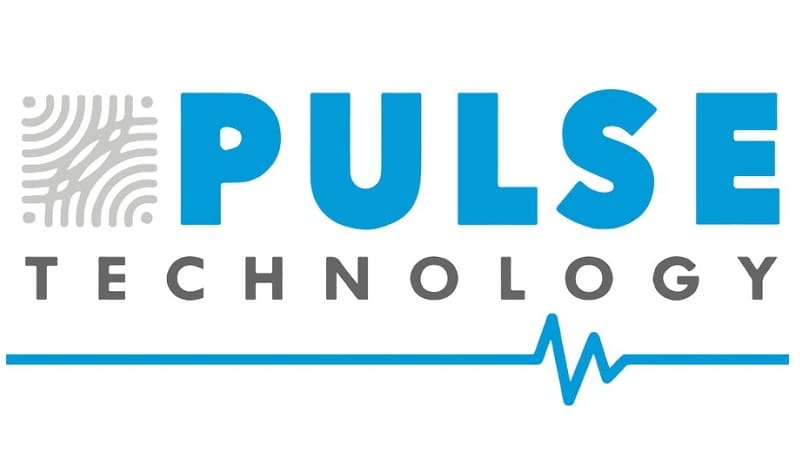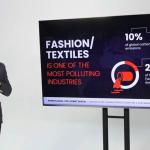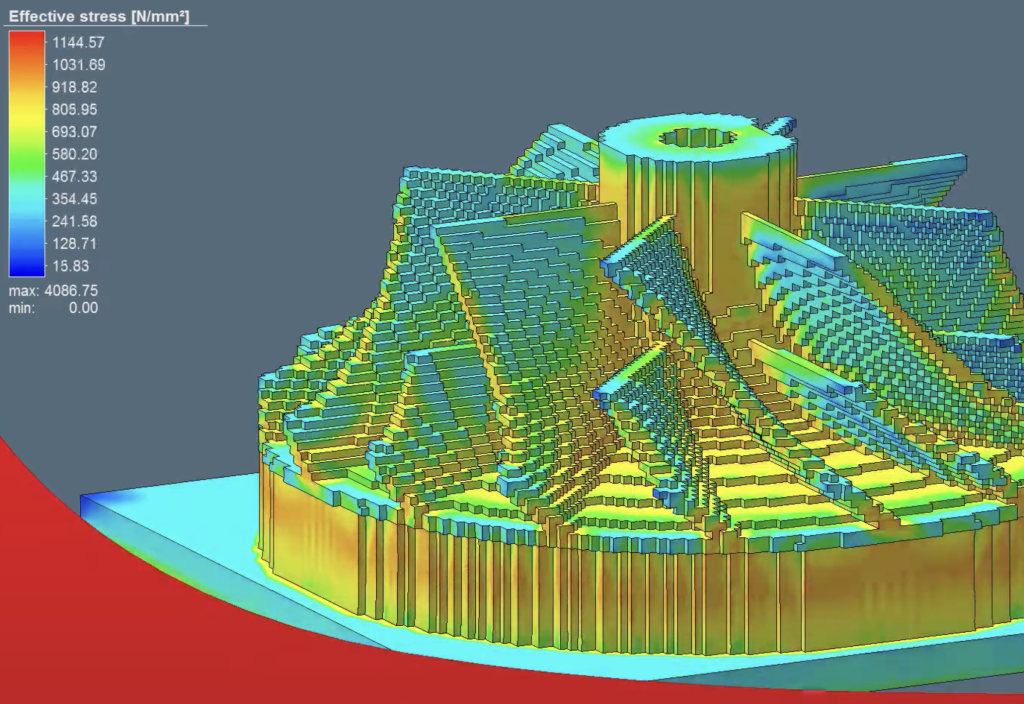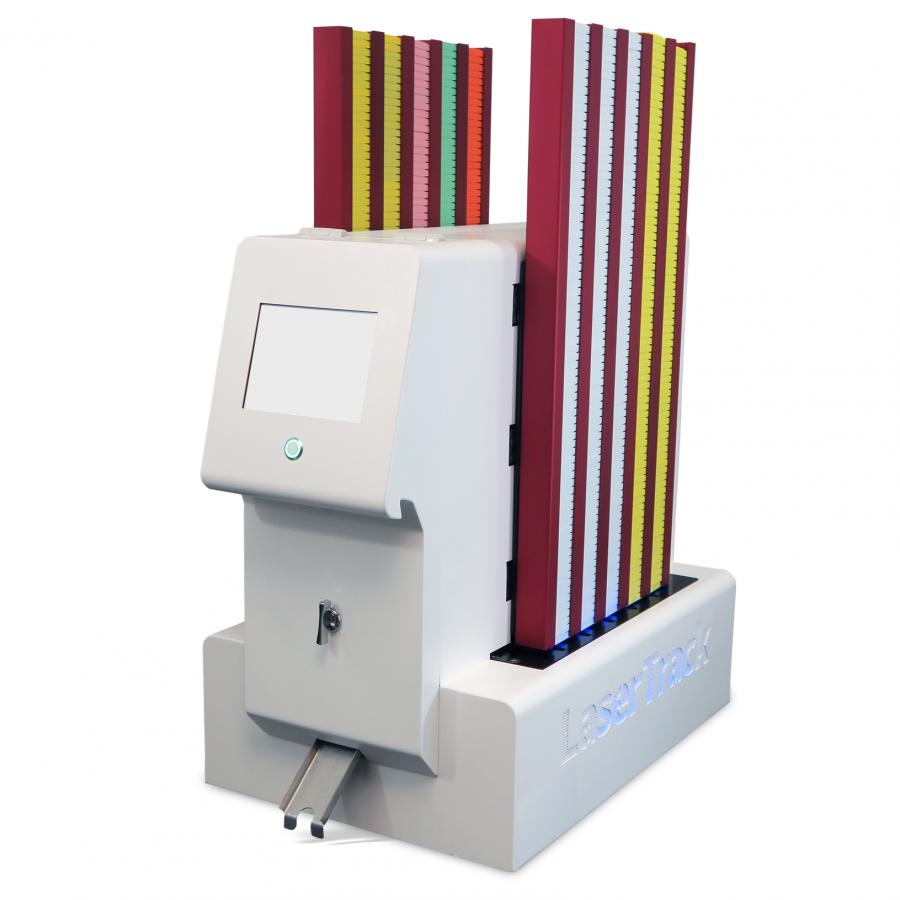Habitat for Humanity’s 2nd 3D printed home is underway
The small models of plastic were placed on the table next to the 3D Printer, while the larger machine was trundling along in Newport News’ Jefferson neighborhood.
The machine used a special cement mix instead of plastic to make the walls for the 1,200-square foot, three-bedroom, two-bathroom house. This was in contrast to the miniature.
Corrine Mann, 32 years old, was excited to walk around her home’s construction site and speak with people, Habitat for Humanity Peninsula staff, Greater Williamsburg staff, and Alquist 3D builders.
“I think it’s going to be the future,” said Mann, a lab technician and single mother with an 11-year-old daughter named Aubrey.
3D printing a house is no different than a normal build for a house according to Zachary Mannheimer (founder and CEO of Alquist 3D).
“Really the only difference between a 3D printed home and a regular home is the walls are made out of concrete instead of wood — that’s it,” he said.
Mannheimer stated that the advantages include lower labor costs and lower materials. This results in lower home construction costs. The walls can be 3D printed in 20-25 hours. Additionally, the homes can withstand most major storms, don’t burn and use 50% less energy than traditional stick-build homes, he said.
“But other than the walls, everything’s the same,” Mannheimer said.
Trade work such as plumbing or HVAC is still necessary. Mannheimer stated that 3D printing could bring more workers into the construction industry due to the use of large machines and the advanced nature the technology throughout the entire process.
Mannheimer stated that the foundation must be poured in a normal manner. Once the printer has arrived at the site, Mannheimer said. The raw material goes into a silo. It is mixed with water, then pumped through the hose to the machine’s nozzle. This prints the home according to a design that has been programmed into it, Mannheimer said.
Technically, any concrete could be used, but Mannheimer explained that their home printer uses a special mix that can withstand 10,000 PSI. This is four times more strong than traditional concrete.
He said that although the mix is less expensive than lumber, it would still be cheaper to source the components locally.
“Something we’re looking at heavily here is using fly coal ash from Appalachia in the mix, which solves two problems,” Mannheimer said. “One, it’s low-cost and we can use it in the mix. And two, there’s a big problem with coal ash in Appalachia; there’s millions of pounds just sitting there, and nobody knows what to do with it. So this would help with an environmental concern as well.”
Janet Green, executive director of the Habitat chapter, said this is the second 3D printed home Habitat for Humanity is buying, and next to Mann’s house, another home will be 3D printed by Alquist with help from Habitat staff.
“Any means that we can continue building more affordable housing is so critical,” Green said. “And if we can do it faster, cheaper, safer, why wouldn’t we try? So I like to say it’s another tool in our toolbox for affordable housing.”
Mann, who is a Hampton native, said that she’s spoken with neighbors and friends about how expensive Hampton has become over the years. She was also shocked at the high prices she saw when she tried to find a Newport News home.
“It’s crazy to hear some stories,” she said.
For one place, she’d need to raise her credit score and make more money to live there. So, she began working on finances as she applied to Habitat for Humanity and was accepted for the group’s usual 30-year, no interest loan to buy the 3D printed home.
Green stated that 3D-printed homes can be built for up to 15% less.
:quality(70)/cloudfront-us-east-1.images.arcpublishing.com/tronc/RVOXW2KEFNFJTNLMDJPOODQYDI.JPG)
“If we can build these houses faster and have more people have the stability of affordable housing, that’s a win-win for our community,” Green said.
Additionally, the group saves on construction time.
Daywatch
Weekdays
Get your morning started with the latest local news
“We’re hoping to shave off at least six weeks with the 3D house,” Green said. “Because it’s still a new technology, we’re going slower than we normally would to make sure that everything is done consistently.”
Last year, the group printed its very first 3D home. By December, a family had moved into their first Habitat for Humanity 3D printed home.
Mann said she enjoyed watching the home come together in real time as the symphony of machinery made its rounds and the home’s walls crept up toward the sun.
When people are puzzled that she will be living in a 3D printed house, Mann tells them to look it up on the internet and learn more — just like she did. Mann hopes that they are as amazed as she was.
“I feel really good about it,” she said. “And I’m glad I made this decision.”
https://www.dailypress.com/news/vp-nw-3d-printing-nn-home-20221112-6zslhenkmzcttjjagemx5kjvfa-story.html





:quality(70)/cloudfront-us-east-1.images.arcpublishing.com/tronc/WCX6KFICLVA3XBWWGWIX5IVQDY.JPG)



